Introduction
Palm tree berries, derived from various species of palm trees, have been a significant resource for centuries. These berries, also known as palm fruits, are not only versatile in their applications but also contribute to sustainable practices in various industries. This article aims to explore the characteristics, cultivation, and wide-ranging uses of palm tree berries, highlighting their importance in food and beverages, health and nutrition, cosmetics, and industrial sectors. Furthermore, the environmental impact and sustainability of palm tree berry cultivation will be discussed, emphasizing the potential growth and future prospects of this valuable resource.
Characteristics of Palm Tree Berries
Palm tree berries, also known as palm fruits, exhibit a diverse range of characteristics depending on the species of the palm tree. These berries are often sweet and juicy, with colors ranging from yellow to orange, red, or even purple. The size of the palm tree berries can vary, with some being as small as a marble, while others may be as large as a grape, measuring 6-10 cm (2.4-3.9 inches) in diameter. Palm trees are a diverse family of trees, with over 2600 species found in warm climates around the world.
Cultivation and Harvesting
Geographical Distribution of Palm Trees
Palm trees are predominantly found in tropical and subtropical regions of the world, with a high concentration in countries such as Indonesia, Malaysia, Thailand, and the Philippines. They also thrive in parts of Africa, Central and South America, and the southern United States.
Cultivation Practices
Cultivating palm trees for their berries typically begins with the planting of seeds or seedlings in well-drained, fertile soil. The trees require ample sunlight and consistent moisture, although some species can tolerate drought conditions to a certain extent. Depending on the species, palm trees can take anywhere from 3-10 years to mature and start producing fruit. Proper care, including regular pruning and pest management, is essential to ensure healthy growth and fruit production.
Harvesting Process
Harvesting palm tree berries usually occurs once or twice a year, depending on the species and growing conditions. In some cases, the berries are harvested by hand using long poles with a hook or net, while in other situations, mechanical harvesters may be used. Care must be taken during the harvesting process to avoid damaging the tree and to ensure that only ripe berries are collected. Once harvested, the berries are typically processed as soon as possible to maintain their freshness and nutritional value.
Applications of Palm Tree Berries
Food and Beverages
Palm tree berries have been traditionally used in local cuisines across various cultures. The fruit can be consumed fresh, dried, or processed into various food products. Some popular culinary applications include making jams, jellies, syrups, and sauces. Additionally, palm tree berries are used to produce palm wine, a popular traditional alcoholic beverage in parts of Africa and Asia.
Health and Nutrition
Palm tree berries are rich in vitamins, minerals, and antioxidants, offering numerous health benefits. They have been traditionally used in herbal medicine to treat various ailments, such as digestive issues, inflammation, and infections. Recent scientific research has also explored the potential health benefits of palm tree berries, including their potential role in reducing the risk of chronic diseases, improving heart health, and boosting the immune system.
Cosmetics and Personal Care
Palm tree berry oil, extracted from the fruit, is a valuable ingredient in skincare and haircare products. The oil is rich in essential fatty acids, vitamins, and antioxidants that nourish and protect the skin and hair. It is commonly used in moisturizers, cleansers, hair conditioners, and other personal care products.
Industrial Uses
Palm tree berries have found applications in various industries, including the production of biofuels, such as biodiesel. The oil extracted from the berries can be processed into a sustainable and renewable fuel source with a lower carbon footprint compared to fossil fuels. Additionally, palm tree berries can be used to create sustainable packaging materials and other biodegradable products, contributing to the reduction of plastic waste and promoting environmental sustainability.
Environmental Impact and Sustainability
Comparison of Palm Tree Berry Cultivation to Other Crops
Palm tree berry cultivation, when compared to other crops like soybean and rapeseed, has a higher yield per hectare, making it a more efficient use of land resources. This higher yield can help meet the increasing global demand for food, biofuels, and other products without necessitating extensive land conversion.
Sustainability Practices in Palm Tree Berry Farming
Sustainable practices in palm tree berry farming include the implementation of agroforestry systems, where palm trees are integrated with other crops or livestock, promoting biodiversity and reducing the need for chemical inputs. Additionally, farmers can adopt practices such as intercropping, crop rotation, and organic farming methods to minimize the environmental impact of palm tree berry cultivation.
Challenges and Potential Solutions
One of the significant challenges associated with palm tree berry cultivation is deforestation, as large areas of tropical rainforests have been cleared to make way for palm tree plantations. This deforestation has led to habitat loss, reduced biodiversity, and increased greenhouse gas emissions. To address these issues, there is a growing movement towards sustainable palm tree berry cultivation, including the adoption of certification schemes like the Roundtable on Sustainable Palm Oil (RSPO). These certifications ensure that palm tree berries are produced in an environmentally responsible manner, with minimal impact on natural ecosystems.
In conclusion, palm tree berries offer a versatile and sustainable resource for various industries. By adopting sustainable cultivation practices and addressing the environmental challenges associated with palm tree berry farming, this valuable resource can continue to provide benefits for human consumption, health, and industrial applications while minimizing its ecological footprint.
Conclusion
Palm tree berries, derived from various species of palm trees, offer a versatile and sustainable resource with wide-ranging applications in the food and beverage, health and nutrition, cosmetics, and industrial sectors. Their high yield per hectare makes them an efficient use of land resources, helping to meet the increasing global demand for various products.
However, the cultivation of palm tree berries also poses environmental challenges, such as deforestation and habitat loss. To address these issues, there is a growing movement towards sustainable palm tree berry cultivation through the adoption of certification schemes and environmentally responsible farming practices.
By embracing sustainability and addressing the environmental challenges associated with palm tree berry farming, this valuable resource can continue to provide benefits for human consumption, health, and industrial applications, while minimizing its ecological footprint.

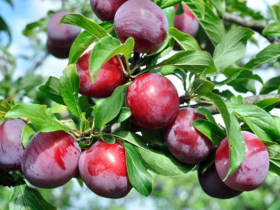
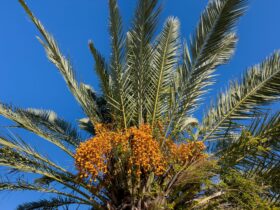

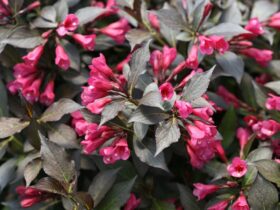
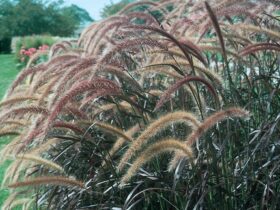
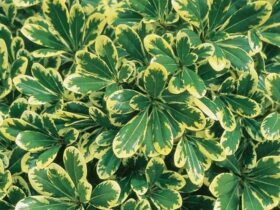



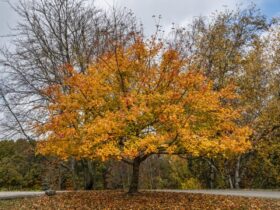

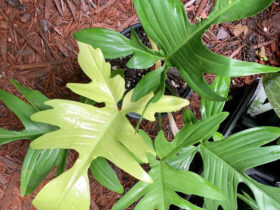
Leave a Reply